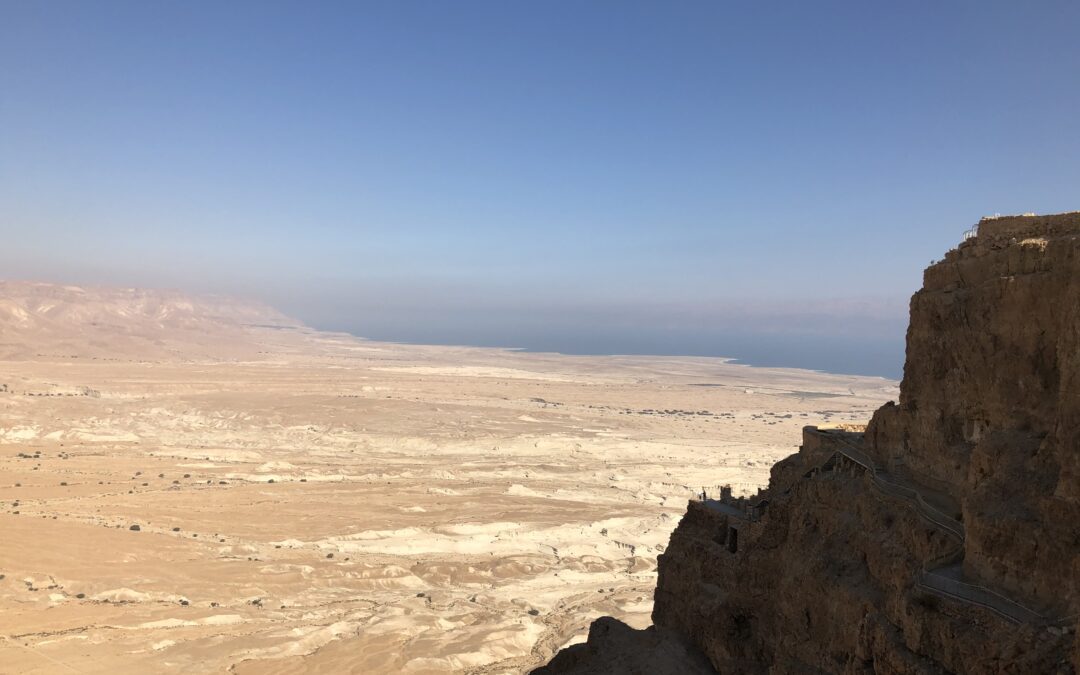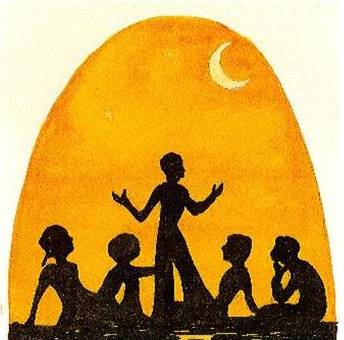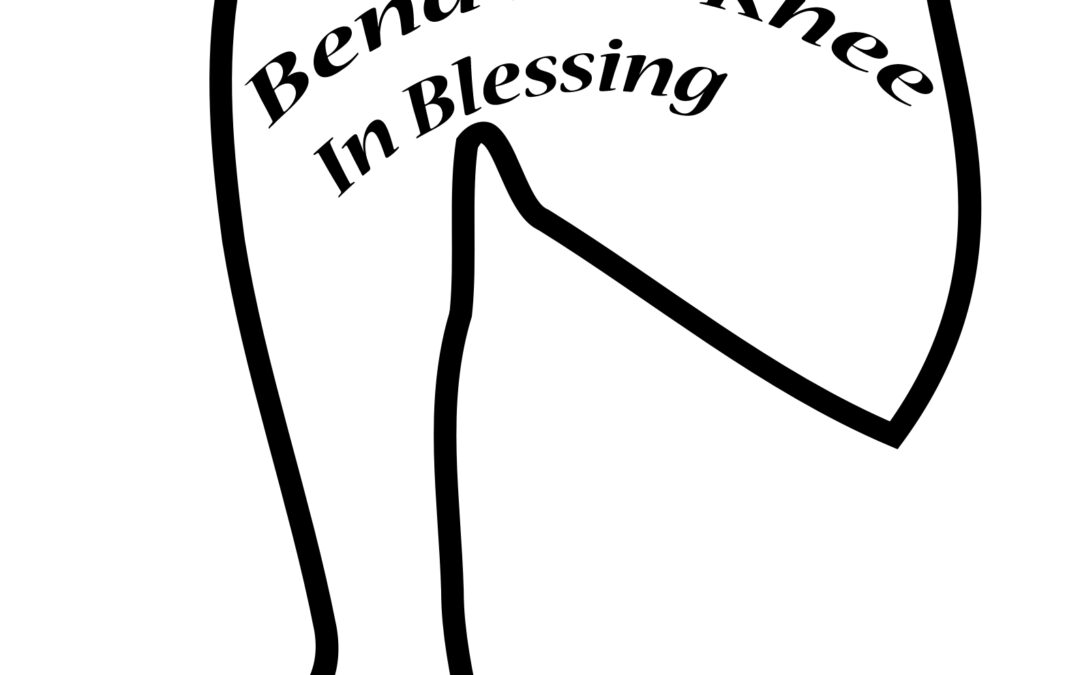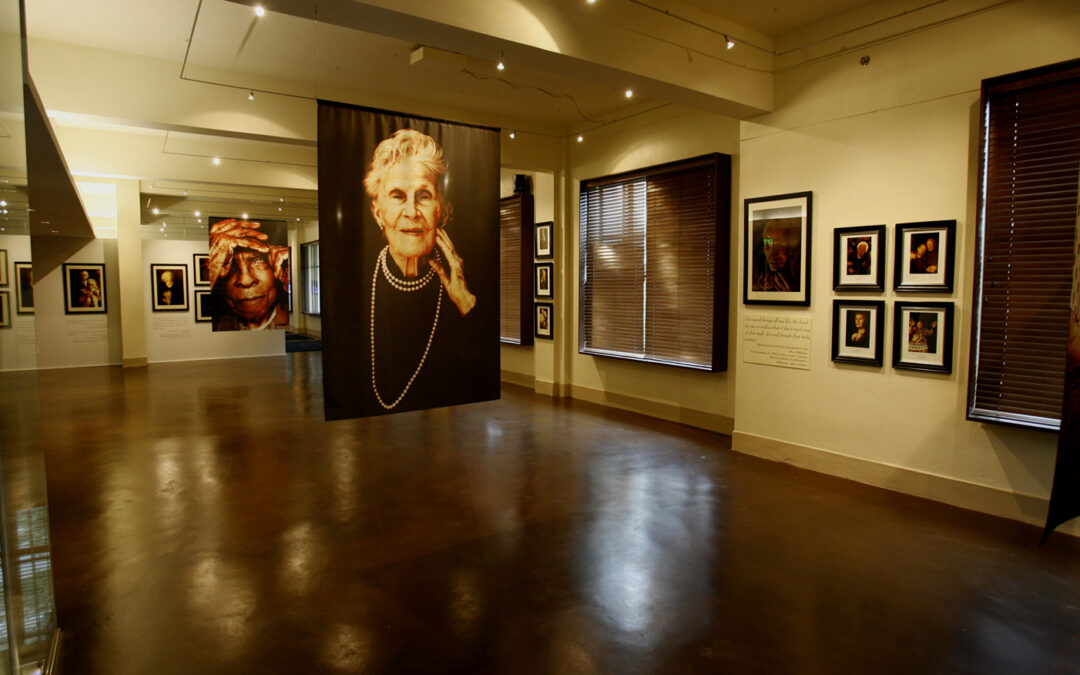
birthday cake with 5-0 candles from zen imagery on Flickr, 7 candle from a package
Behar-Bekhukotai: Seven and Fifty
by Chaplain Barry E. Pitegoff, BCC
Rabbi Elkodsi frames this book as “But Who’s Counting?” My professor of Gerontology taught that counting the number of birthday candles is the least significant of our life indicators. Yet, how can we avoid that? With toes and fingers, we begin to count.
Behar and Bechukotai, often combined into a single reading, focuses on two big numbers: seven and 50. Seven is for the Sabbath, a reminder that the weekly cycle ends with a pause–a recharge–and then while the counting starts again, the opportunity to grow and retreat doesn’t reset; we have the opportunity to continue enriching it. Fifty is for the Jubilee Year which follows seven cycles of seven years. The planting fields are given an opportunity to recharge–if we let them–and so are we.
Fifty years after my Bar Mitzvah, I asked our rabbi at the time to develop a Jubilee Bar Mitzvah ceremony for me. I had been taught that the parshah which you study for your Bar Mitzvah–you own that parshah forever–and I embraced this opportunity to engage with it.
My parashah was Naso. However, when I studied that parsha for my first Bar Mitzvah, my teachers left out the part about the Sotah, the wife accused by her husband of (possible) adultery. Fifty years later, I had the maturity to unpack that with a congregation.
This reminds me of one of life’s greatest lessons for me, wrapped in the quote from the philosopher Soren Kierkegaard, often shortened to, “Life can only be understood backwards; but it must be lived forwards.” When I “look backwards,” when I reflect with the theoretical wisdom of the number of birthday candles on my cake, I see that I have grown to philosophically challenge the sanctity of fundamental principles, including those of my initial training in Statistics and Probability, branches of Mathematics that comprised my first degree, and are still a major first love.
In math-language, Behar and Bekhukotai have two constants, 7 and 50. In algebra and its cousin, calculus, it’s easiest to learn that equations have only constants and variables. That’s it. In life, looking backwards as Kierkegaard taught, I have learned the profound lessons that life only has variables, and that constants can transform into variables. Apropos of that, Psalm 90 instructs, “Teach us to number our days,” another verse that resonates strongly for me.
As a professional chaplain whose career has seen more end-of-life crises than new baby blessings, I have learned to identify the apparent constants, and realize that they are more likely to be variables in disguise. My years with hospices reinforced the conundrum that the constants in the admission criteria–a terminal diagnosis and a six-month prognosis–can be contradicted by the 27% “live discharge rate” which I documented for a graduate term paper. Using the language of probability and life experience, I saw that the earlier a doctor could refer a patient to a hospice, the more love we were able to bestow on that patient in the following months through spiritual care, social stimulation, music therapy, comfort care, and dignity through grooming assistance, touch, and respect, the more likely it was that the patient might surpass that six-month “constant.”
I once served a couple visiting the city and hospital where I was a chaplain. The female partner was having difficulty with her pregnancy, and our hospital advised her to be admitted, on bed-rest, for the remainder of her pregnancy, estimated at n weeks. The male partner wanted to unpack with the chaplain his dilemma; did he stay with his fiancée or travel back and forth, cross-country to both work and visit her. We had falsely assumed the n weeks estimated left in the pregnancy was a constant. Vay’hi Ha-yom, “comes the day,” as one of my accounting professors taught, the patient soon delivered a healthy baby. The constant in the equation had been a variable in disguise.
And so I have learned, the wisdom of this “elder,” (not comfortable with this self-description) that it was easier to begin my life in a binary, black-white, off-on, separate constants and variables mode. I think it had something to do with the Russian heritage in my blood, although I was born in Brooklyn, the modern “cradle of civilization.”[1] Then, as I matured, I learned to think in shades of grey, and realize that constants can become variables and vice versa.
There is no place I have found in my career where this is more apparent than when a person’s body is in a pronounced last movement trajectory. When should a family member authorize the disconnecting of equipment, how long does the patient have, families ask the doctors and nurses, because at that time they yearn to transform variables into constants of which they can make sense, but it just doesn’t work that way.
Returning to the parsha, try making the variables of seven and the 50 constants as well. Pause, take a Sabbath, mid-week sometimes. Have a pre-Jubilee at 35, 40, or 45 years, whatever moves you. June 2021 was the 50thanniversary of my being the Valedictorian of my undergraduate school, Baruch College/CUNY, which was the Baruch School of City College when I began my studies there. Because of the pandemic, the school offered me the honor of moderating a virtual class reunion. Leading with my chaplain side, I posed one major question to all, “What has been your journey like over the last 50 years and how has your experience at this college helped to shape that journey?”
In May 2021, writing on these parshiyot in JewishSacredAging.com, I inserted a quote from a Science-Fiction book I have not read, Borders of Infinity, where the author, Lois MsMaster Bujold, wrote, “He was shaken by an unwelcome insight. Lives did not add as integers. They added as infinities.”
Looking back over my birthday candles so far, and praying there are many more to go, I stir the constants and the variables together, knowing that life is far more than “7” and “50.” I continue to be guided by one of my favorite mantras, a passionate directive from Dr. Elizabeth Kübler-Ross (z”l), who opened our eyes to the beautiful insights of those who are closing their eye for the last time:
“You don’t get another life like this one. You will never again play the role and experience this life as it’s been given to you. You will never again experience the world as in this life, in this set of circumstances, in quite this way, with these parents, children, and families. You will never quite have this set of friends again. Don’t wait for one last look at the ocean, the sky, the stars, or a loved one. Go look now.”
Chaplain Barry E. Pitegoff, BCC, is a Board-Certified Chaplain, credentialed by NAJC (Neshama: Association of Jewish Chaplains), on the staff of Bon Secours Community Hospital in Port Jervis, New York, and proud to serve on the Board of NAJC. Barry earned a BBA in Statistics from Baruch College, an MBA from Adelphi University, and, as he approached traditional retirement, transformed his volunteer passion of chaplaincy into professional chaplaincy with an M.Div (equiv.) from the Universities of South and Central Florida, internships at one Florida and three New York City Hospitals, and a successful first-appearance before the Boards in May 2019. Chaplain Pitegoff is a frequent contributor to JewishSacredAging.com and the programs at the synagogue where he and his wife have membership. In August 2021, Chaplain Pitegoff will celebrate 72 birthday candles.
[1] (I once commented to a Vital Statistics Nurse at a hospital that birth certificates could have been pre-printed with, “Place of Birth: Brooklyn, NY, cross out if it does not apply.”)










0 Comments